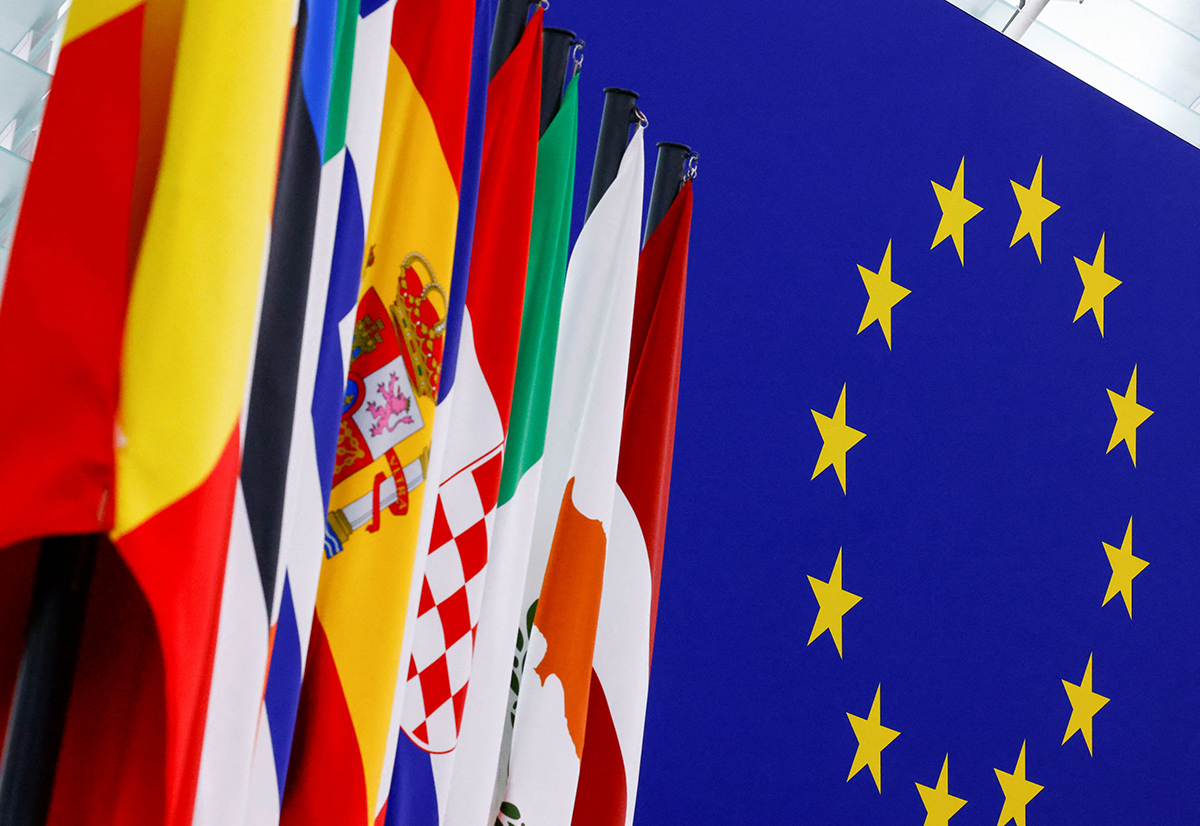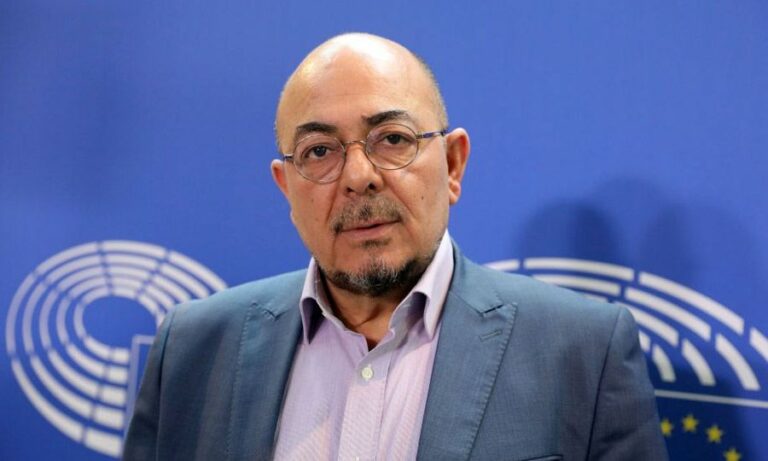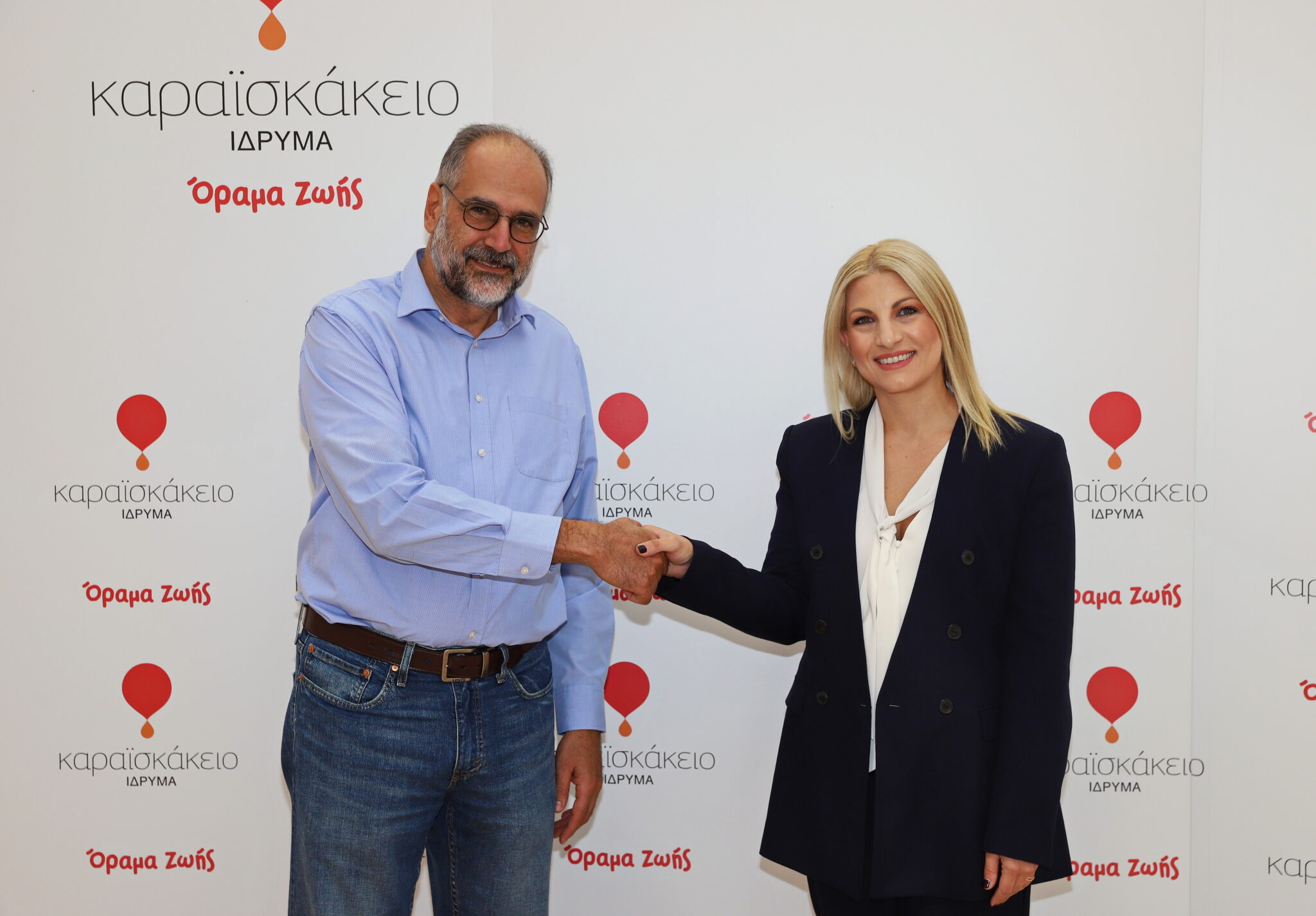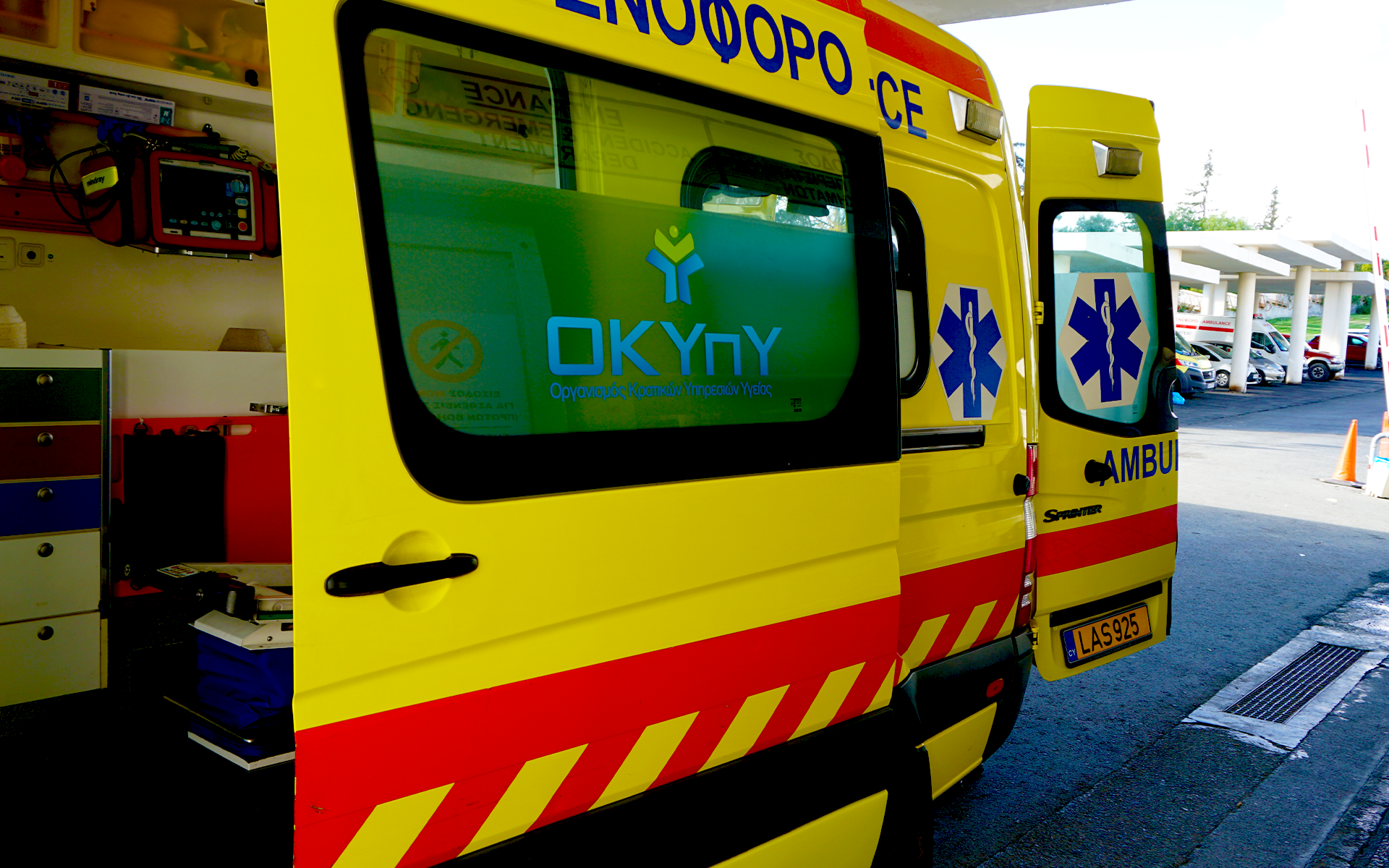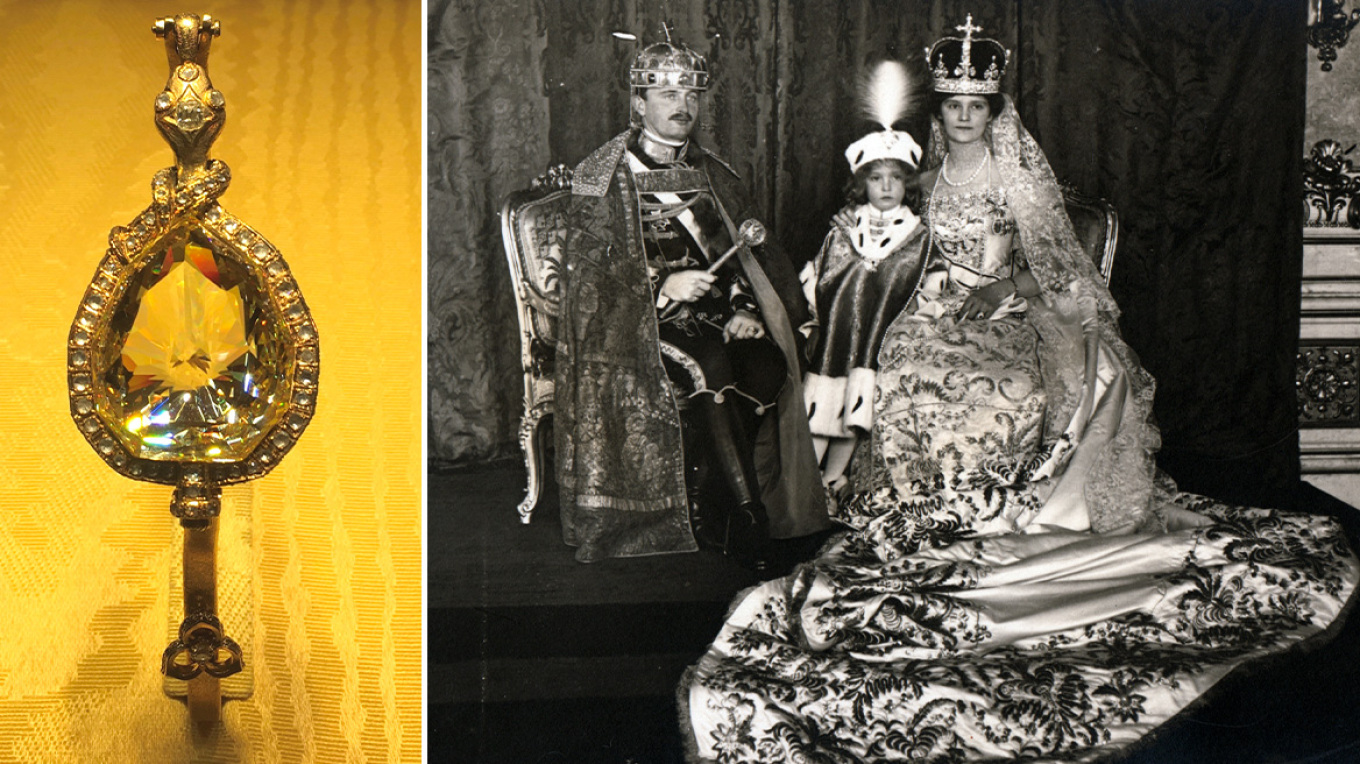Twenty years ago, 11 E.U. countries launched the euro and introduced a shared monetary policy under the European Central Bank. On 1 January 1999, Belgium, Germany, France, Luxembourg, Spain, the Republic of Ireland, Italy, Netherlands, Austria, Finland and Portugal became the first of the now-19 E.U. countries to use the common currency.
The historic moment was a milestone for European integration and stability in Europe. Today, the euro is already the currency of 340 million Europeans. It has brought benefits to European households, businesses and governments alike: stable prices, lower transaction costs, protected savings and increased trade. Some 60 countries around the world link their currencies to the euro in one way or another, making it the second most used currency in the world.
On occasion of the anniversary, Antonio Tajani, President of the European Parliament, said: “The euro is more popular today than ever: three out of four citizens believe it is good for our economy. In order for Europeans to benefit fully from the jobs, growth and solidarity that the single currency should bring, we must complete our Economic and Monetary union through genuine financial, fiscal and political Union. This will also allow Europe to better shield its citizens from potential future crises.”
History
The EU Parliament’s website writes that “the launch of the euro marked the culmination of a long journey that had begun long before. The global monetary turmoil of the 1970s and 1980s had exposed individual European countries and called for European solutions. Moreover, with the establishment of a single market, it would be easier to work and trade if Europeans would start to use a single currency.”
After decades of early discussions on how an Economic and Monetary Union could be achieved, in 1988 the Delors Committee was set up. Under the then Commission President Jacques Delors, it examined specific, gradual steps towards such a single currency.
The agreement that political leaders subsequently signed in 1992 in Maastricht brought the single currency to life, building on the report of the Delors Committee and the ensuing negotiations. As such, the signing of the Maastricht Treaty became a symbolic moment in the move towards the euro.
In 1994, the European Monetary Institute (EMI) started its preparatory work in Frankfurt for the European Central Bank (ECB) to assume its responsibility for monetary policy in the euro area. As a result, on 1 June 1998, the ECB became operational.
In 1994, the European Monetary Institute (EMI) started its preparatory work in Frankfurt for the European Central Bank (ECB) to assume its responsibility for monetary policy in the euro area. As a result, on 1 June 1998, the ECB became operational.
On 1 January 1999, the euro was launched, becoming the official currency of 11 Member States, with monetary policy responsibilities given to the European Central Bank and the Eurosystem. After three years of appearing on people’s bank statements alongside national currencies, euro banknotes and coins arrived in 12 countries, which thereby participated in the largest currency changeover in history.
The euro replaced the Cypriot pound on January 1, 2008, at the irrevocable fixed exchange rate of CYP 0.585274 per EUR 1.00.
Edited by Bouli Hadjioannou


